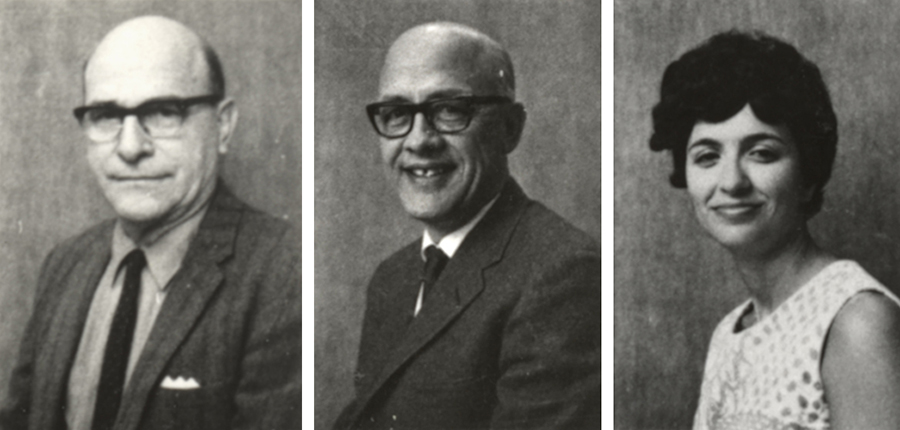School History: Hollin Hills Elementary School
Remembering Our Past
Located on Fort Hunt Road a short distance north of its intersection with Paul Spring Road, Hollin Hills Elementary School was constructed beginning in June 1954 by the Eugene Simpson & Brother Construction Company. Built at a cost of $275,964, Hollin Hills opened its doors to students on September 6, 1955. The first principal was Dr. Alden L. Carlson.
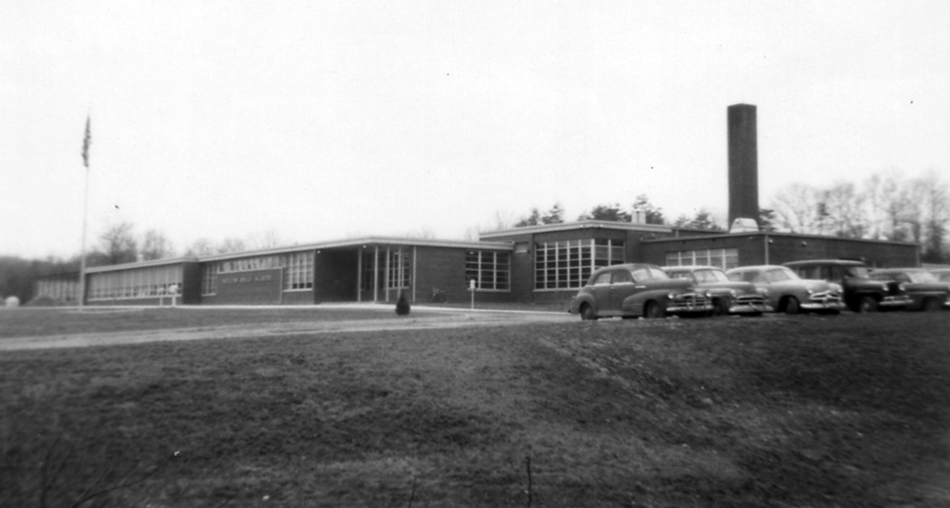
A list of Hollin Hills Elementary School’s first staff members was found in the meeting minutes of the Fairfax County School Board.
| Name | Annual Salary |
|---|---|
| Mrs. Phyllis G. Ashcraft | $3,800 |
| Mr. Alden L. Carlson, Principal | $5,380, 10 months |
| Mrs. Margaret H. Cleland, Librarian | $4,300 |
| Miss Janice B. Cotler | $3,600 |
| Miss Ruth F. Darlington | $4,000 |
| Miss Kathleen Davis | $3,400 |
| Miss Mary C. Fletcher | $3,400 |
| Miss Harriette A. Harcum | $3,400 |
| Mr. Donald Hunter, Head Custodian | $2,700, 12 months |
| Miss Ruth E. Lange | $5,500 |
| Miss June Marvin | $3,500 |
| Mrs. Ruth C. Scott | $3,200 |
| Mr. Claude Randolph Violette, Custodian Helper | $1,030, part-time |
| Mrs. Ruby W. Weeks | $3,800 |
The Early Years
When it opened in 1955, Hollin Hills Elementary School had eleven classrooms. Four additional classrooms were constructed in 1957, and five more were built in 1958.
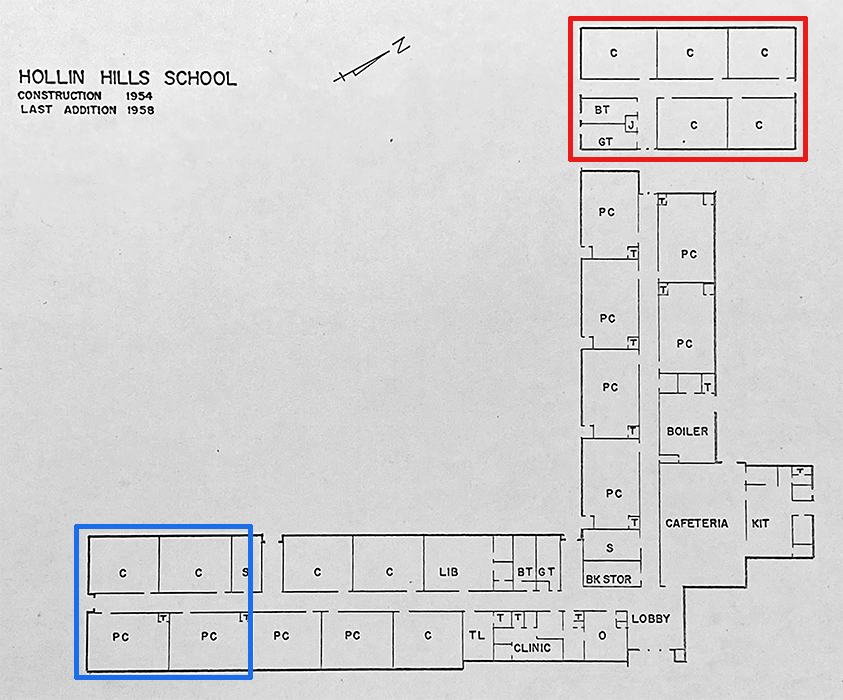
Lt. Col. Murray A. Wiener, USAF, a veteran of six polar expeditions who recently returned from Operation Deepfreeze in Antarctica, will present a lecture and showing of color films at the Groveton High School auditorium on Friday, at 7:30 p.m. The public is invited. The explorer’s appearance is sponsored by the Hollin Hills Elementary School PTA, which will receive all the proceeds. Admission will be 50 cents for children, 75 cents for adults. Tickets will be available at the door. ~ Northern Virginia Sun, January 24, 1958
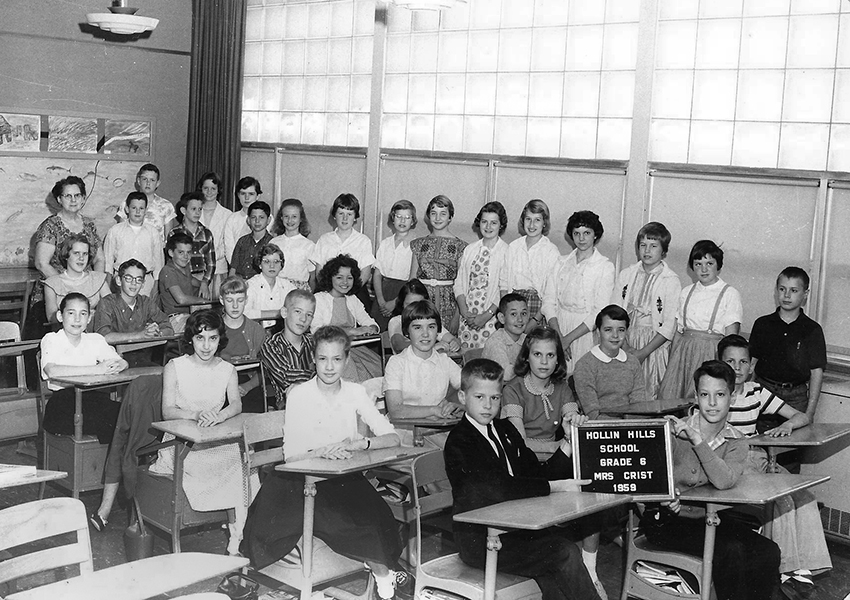
Pictured above is Mrs. Crist’s sixth-grade class at Hollin Hills Elementary School in 1959. Stories about Hollin Hills appeared frequently in area newspapers that year. In February, the Evening Star reported that the congregation of Mount Vernon Unitarian Church was holding services at Hollin Hills. In July, the Northern Virginia Sun announced that a polio vaccination clinic, sponsored by the Hollin Hills Citizens Association, was to be held at the school. And, in October, the Washington Post stated that Hollin Hills was one of 25 Fairfax County elementary schools which offered extracurricular foreign language classes in French, German, and Spanish to students in grades 3-7.
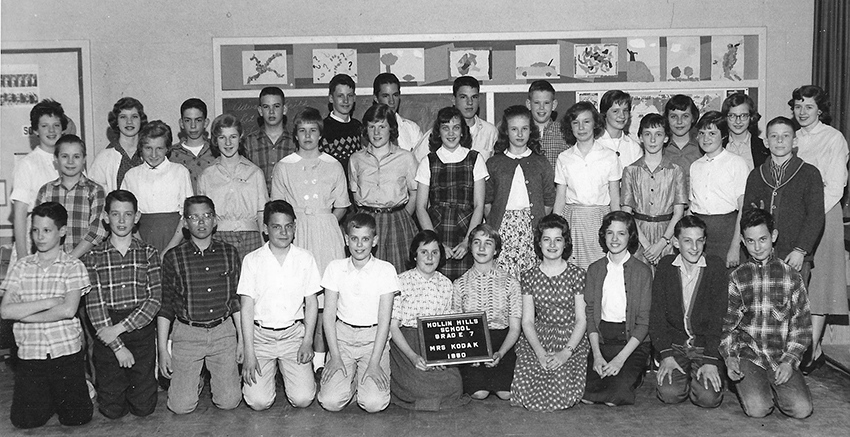
Hollin Hills in the 1960s
The decade of the 1960s brought three significant changes to Hollin Hills Elementary School. The first occurred in 1960, when FCPS opened its first intermediate schools and Hollin Hills lost its seventh-grade classes. The second was the admittance of the first Black children to Hollin Hills. Originally an all-white school, a desegregation report indicates that Hollin Hills was desegregated by 1964. The third change was the introduction of the school’s first kindergarten classes in 1968.
The annual Christmas Party of the Villamay Community Association will get under way Sunday, when the community’s tree is lighted on the playground of Hollin Hills Elementary School. Mrs. Clova Demaine will lead the group-singing of Christmas carols, after which Santa, in the person of Tom Kelley, will arrive to give candy canes to the area children. ~ Northern Virginia Sun, December 20, 1963
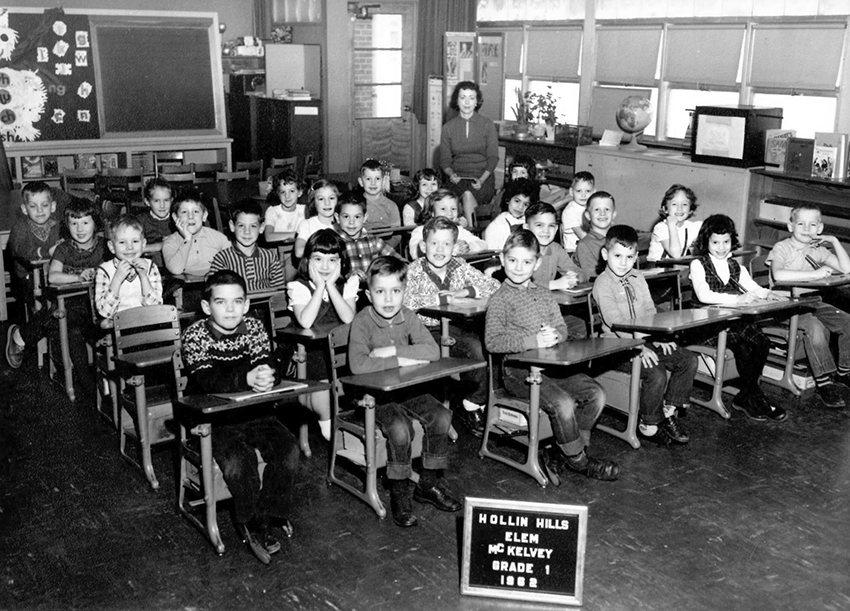
A program for gifted children that was initiated last year is expected to continue again this year on a pilot status for about 40 child geniuses, according to a school official. W. Harold Ford, assistant superintendent for education, said Tuesday that two classes are being planned at Bailey’s and Hollin Hills elementary schools. It will not become part of the general curriculum. Like last year, select children with IQ’s of about, or more than, 140, in grades four through six, will be enrolled in the classes. ~ Northern Virginia Sun, September 15, 1965
By 1966, enrollment at Hollin Hills Elementary School had risen to 558. Ruth H. Dell, president of the Hollin Hills PTA, wrote a letter to FCPS Superintendent Funderburk in March 1966, in which she requested the enlargement of the school’s library.
We simply would like to take this opportunity to state what we think is our highest priority need. Our school families have strongly supported the development of our school library. The large accession of books and many audio-visual materials and equipment are a real educational asset. However, we now find ourselves in the predicament of very limited space, which in turn limits the fullest use of this asset in ways which could enrich the education of our many capable children. We feel the greater educational benefits for our particular group of children lies with a larger library space. In our limited judgement our request seems reasonable since the cost of joining a classroom to the library would be very minimal. We hope this request will have some serious consideration when the school renovation program is being established. ~ Ruth H. Dell, Letter to Superintendent Funderburk, March 8, 1966
The expansion of Hollin Hills' library took place a decade later, during the school’s limited renovation.
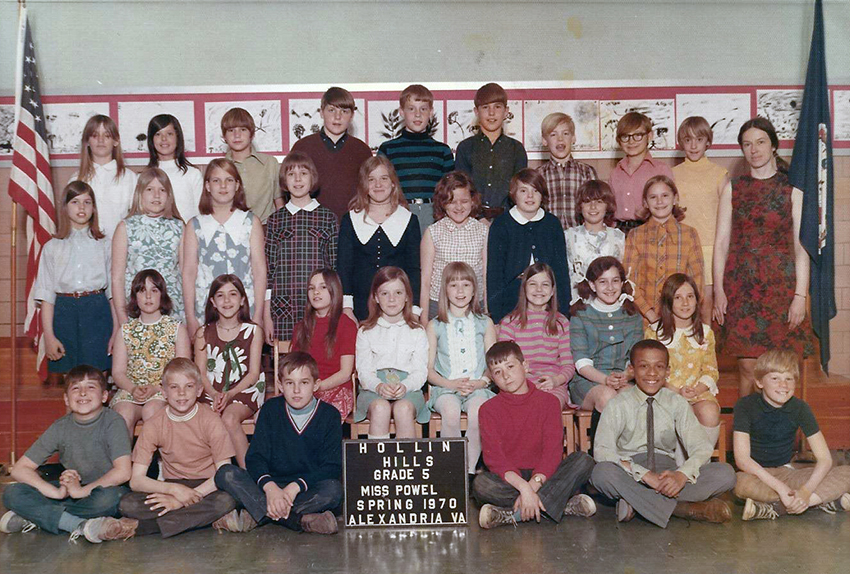
Renovation Funding Falters
From 1965 to 1970, the student population of FCPS increased from about 94,450 to approximately 133,300. School Board meeting minutes from the early 1970s indicate that Hollin Hills Elementary School had become overcrowded by that time.
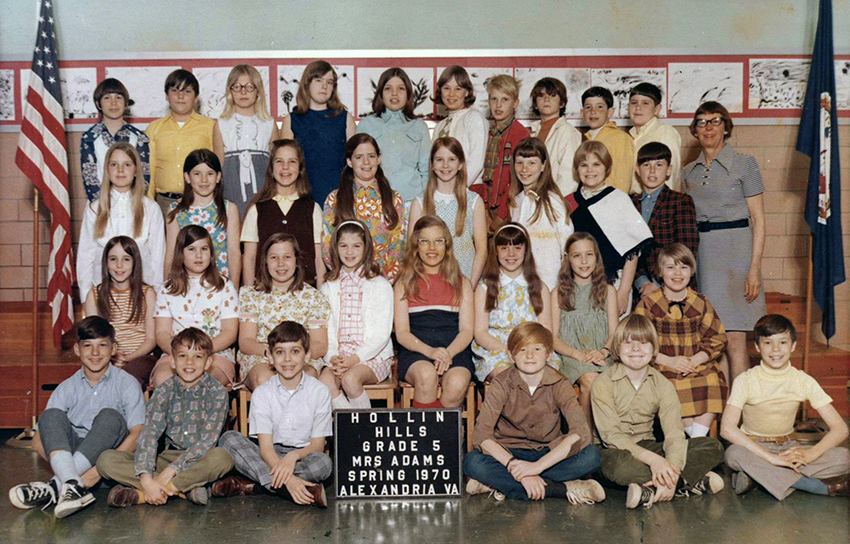
In March 1972, Hollin Hills Elementary School was placed on a list of schools for renovation and modernization. In January 1973, John Ewing, President of the Hollin Hills PTA, presented the School Board with an itemized list of requested improvements for the school. The list included the complete renovation of the boiler system, the complete rewiring of the electrical system, ceiling tile replacements, and the construction of a gymnasium, music room, and science lab. FCPS facilities personnel estimated that the renovation and modernization of Hollin Hills Elementary School would cost $820,000.
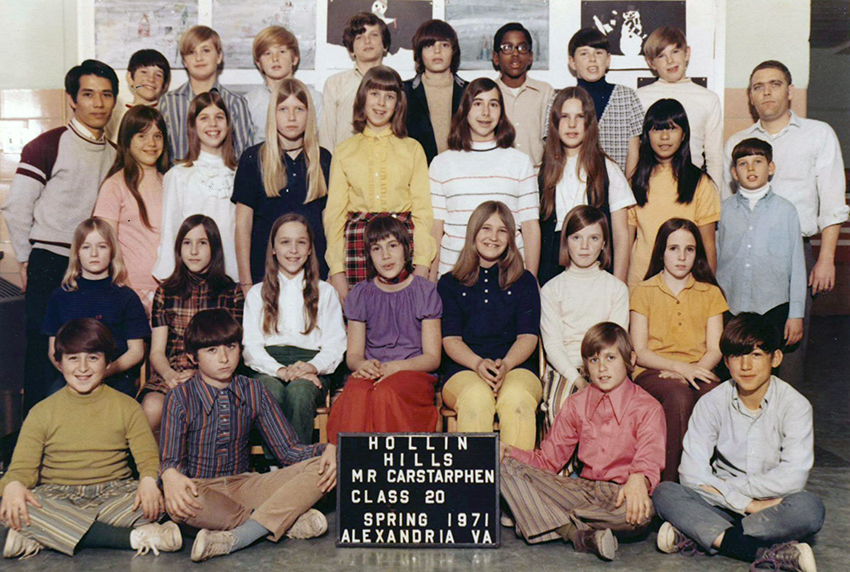
The renewal of Hollin Hills Elementary School was to be paid for by the sale of municipal bonds. However, when the proposed bond issue was put before voters in a referendum, it failed. As a result, the Hollin Hills renewal project was scaled back significantly. In 1973, another referendum was held in which the School Board asked for $24 million in municipal bond sales, which was about one-third of the amount previously asked for. The bond passed, and about $60,000 was earmarked to provide critical system upgrades to Hollin Hills. Construction got underway in the summer of 1976.
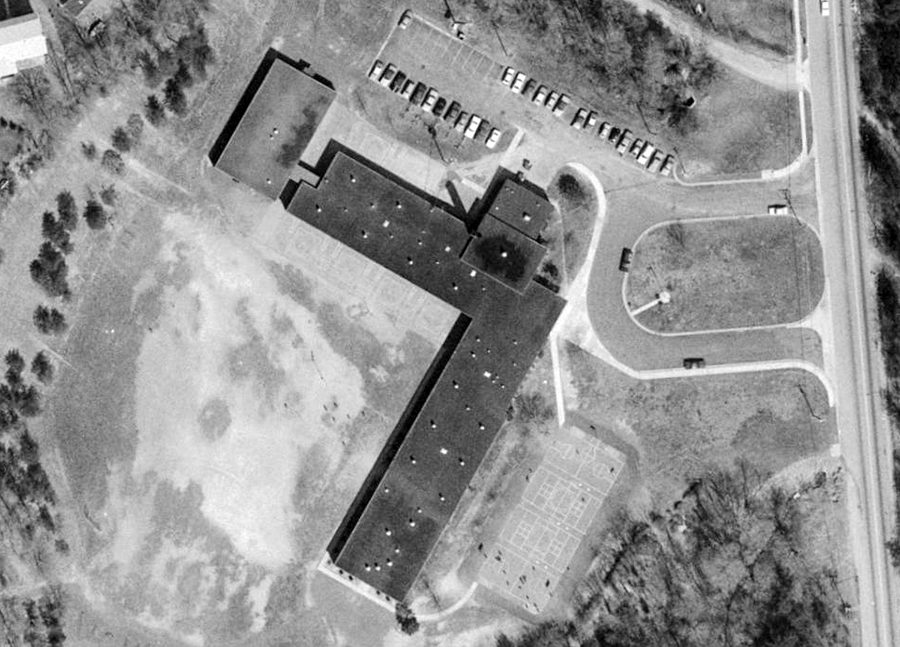
Hollin Hills Closes
By the late 1970s, elementary schools that had seen rapid enrollment growth during the post-World War II baby boom were suddenly faced with an abundance of empty classrooms. The following enrollment data for Hollin Hills Elementary School was included in a report prepared by FCPS in 1980.
| School Year | Total Enrollment |
|---|---|
| 1975-76 | 371 |
| 1976-77 | 348 |
| 1977-78 | 300 |
| 1978-79 | 259 |
| 1979-80 | 253 |
Because of its declining enrollment and the physical condition of the building, Hollin Hills was placed in a group of schools that had been identified for possible closure. Called Cluster A, the group also included Belle View, Bucknell, Fort Hunt, Hollin Hall, Hollin Meadows, Stratford Landing, and Waynewood elementary schools. On May 22, 1980, the School Board voted to close Hollin Hills Elementary School permanently at the end of the school year in June 1980.
Paul Spring Retirement Community
In May 1981, the School Board declared Hollin Hills Elementary School surplus property and ownership of the school was transferred to the Fairfax County Board of Supervisors. In 1983, the Fairfax County Housing and Redevelopment Authority submitted a proposal to convert Hollin Hills into an independent living facility for elderly county residents.
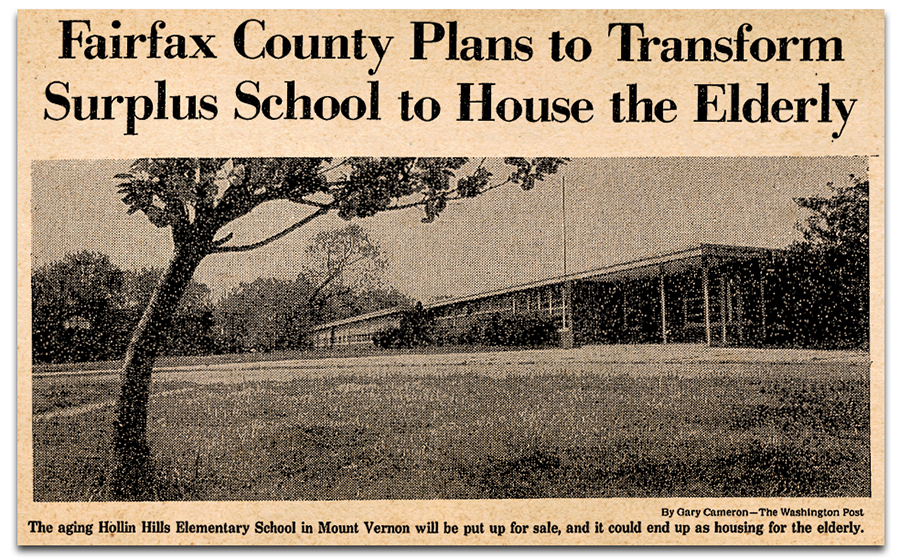
It could be a child’s worst nightmare. Imagine someone living in an old elementary school, living out a life there among the plastic green window blinds, yellowed linoleum and sound-absorbent ceilings dotted with aging spitballs. It’s happening, or going to happen very soon, right in Northern Virginia. But it’s no nightmare. A plan devised by the Fairfax County Housing and Redevelopment Authority to transform surplus schools into apartments for the elderly was approved last Monday by the Fairfax County Board of Supervisors, and it could prove to be an answer to the prayers of many elderly county residents desperate for better housing. ~ The Washington Post, May 7, 1983
In September 1984, the Fairfax County Board of Supervisors approved the conversion of Hollin Hills Elementary School into a senior living facility. The building was sold, renovated, and reopened as the Paul Spring Retirement Community.
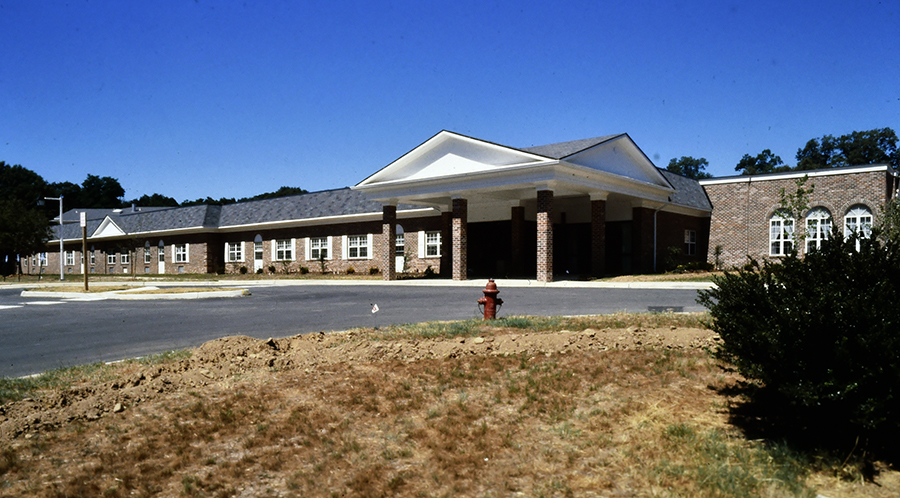
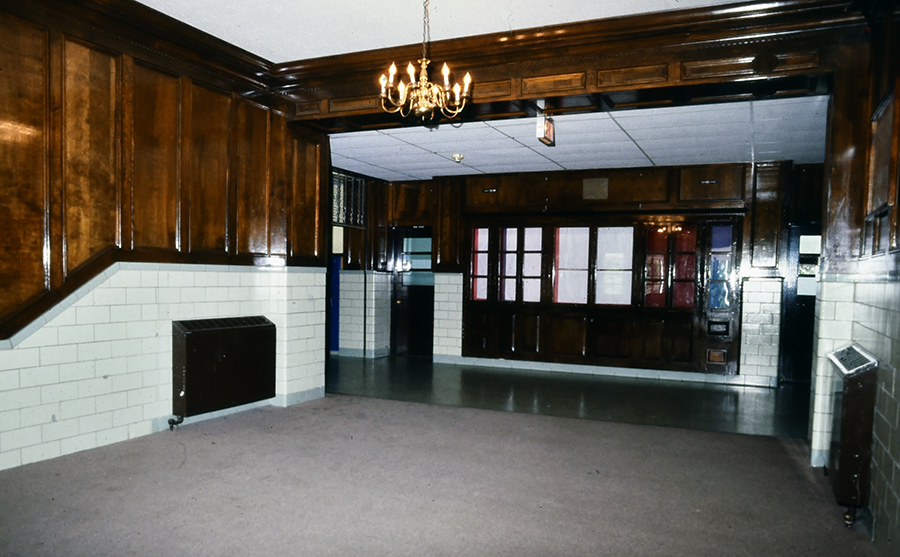
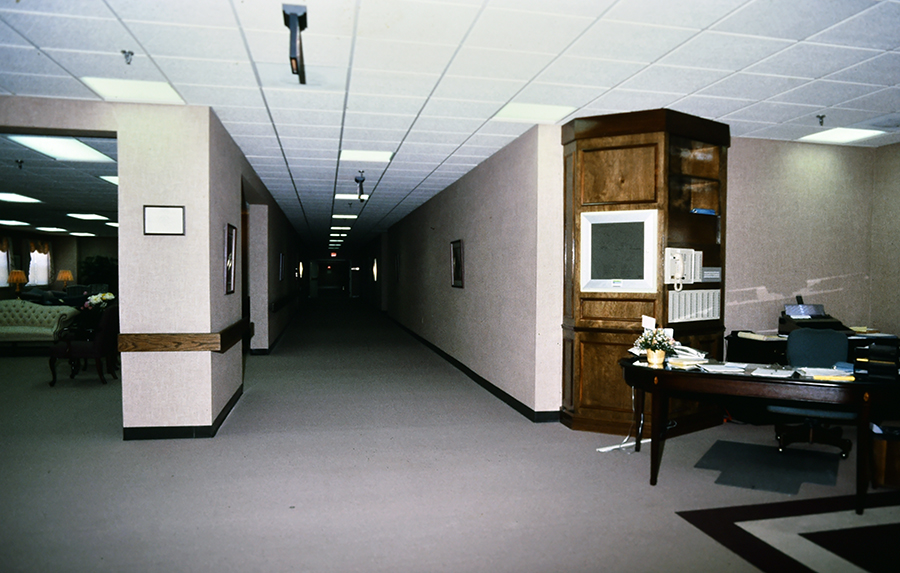
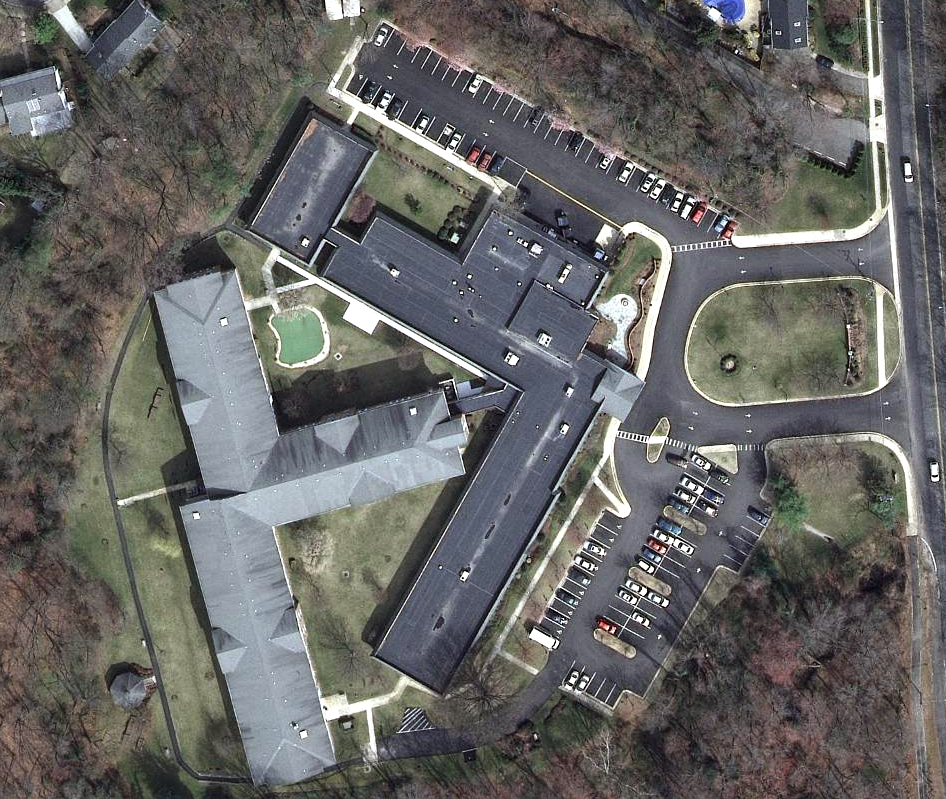
The Principals
The principals of Hollin Hills Elementary School were Dr. Alden L. Carlson (1955-1957), Lester H. Smallwood, Jr. (1957-1963), Elizabeth E. Henson (1963-1965), Donald M. Snodderly (1965-1969), George R. C. Fox (1969-1976), Kathleen P. Michael (1976-1979), and Fredericka L. Phelps (1979-1980).
